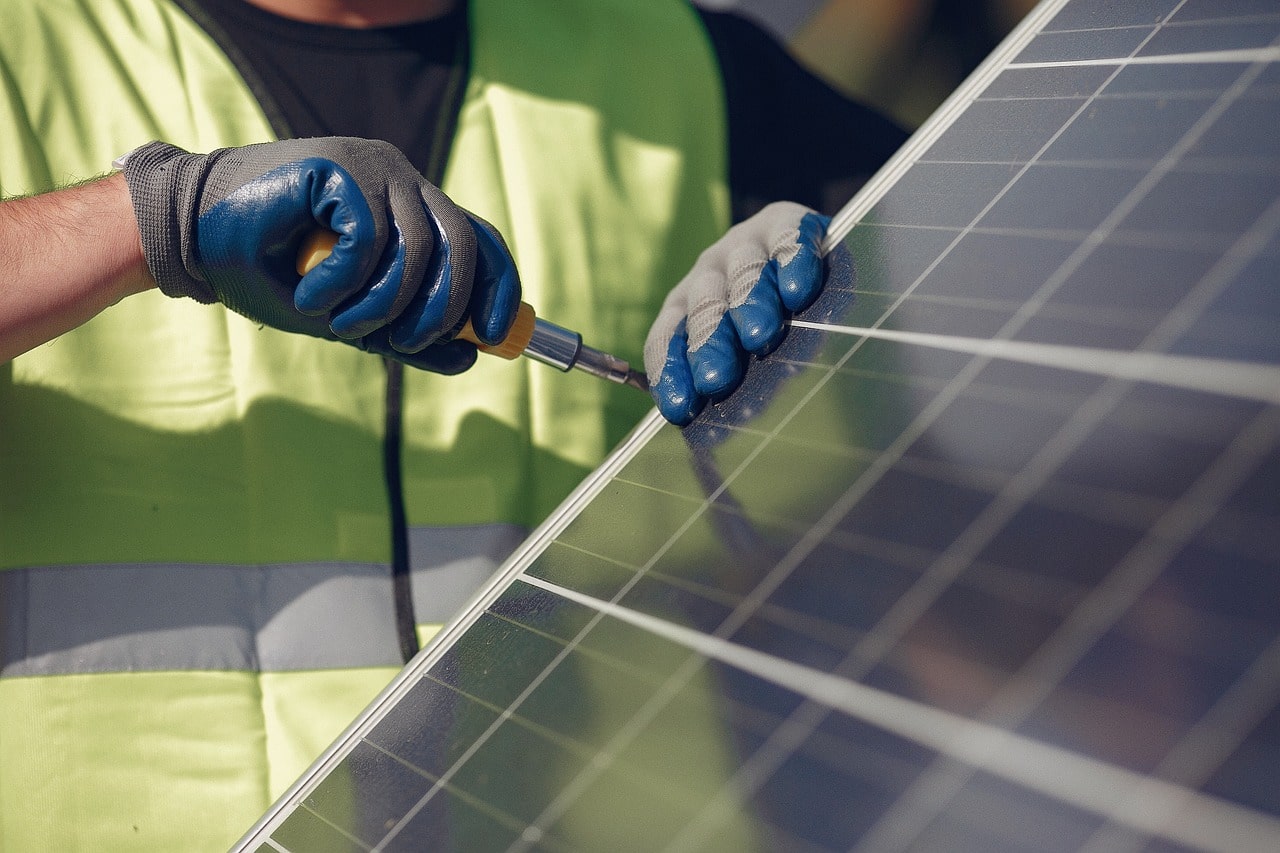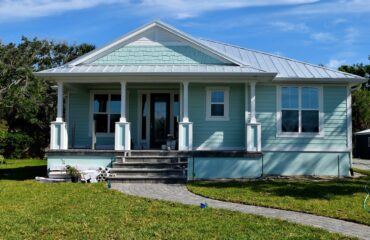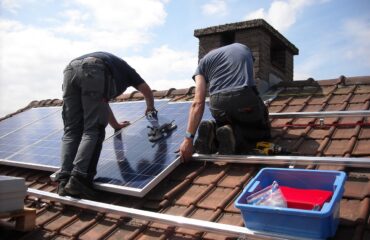Are you looking to make your home more energy-efficient? Achieving optimal roof performance is essential.
With the appropriate materials and design, your roof can effectively lower your energy expenses and maintain year-round home comfort.
In this article, we’ll explore the top choices for energy-efficient roofs, factors that affect their efficiency, and tips for maximizing their performance.
Don’t settle for subpar energy efficiency – discover the best roof options to save money and energy in your home.
After selecting the right energy-efficient method for you, our roofing company will take care of the rest.
Types of Energy-Efficient Roofs
If you’re looking to improve the energy efficiency of your home, consider installing an energy-efficient roof. Numerous roofing options exist to aid in curbing energy consumption and decreasing utility costs.
One popular option is a green roof covered in vegetation that helps absorb heat and insulate the building. Green roofs provide outstanding insulation benefits and further aid in reducing stormwater runoff while enhancing air quality.
When it comes to reducing the amount of heat absorbed by your roof, there are a couple of options to consider. An example of such an option is a cool roof, purposefully engineered to reflect more sunlight and retain less heat compared to conventional roofing systems.
This can help keep your home cooler during hot summer months and may even reduce your reliance on air conditioning.
Factors That Affect Roof Energy Efficiency
To enhance your roof’s energy efficiency, it is vital to consider the factors that influence its performance.
Here are three key factors to keep in mind:
– Insulation: Proper insulation plays a crucial role in roof energy efficiency. It aids in regulating the interior temperature of your residence, thwarting heat loss during winter and heat gain in the summer. Good insulation also reduces the need for excessive heating or cooling, ultimately saving energy and lowering utility bills.
– Solar Panels: The installation of solar panels on your roof can significantly boost its energy efficiency. These panels use the power of the sun to produce electricity, reducing your dependence on traditional energy sources. Not only does this benefit the environment, but it also reduces your energy expenses in the long term.
– Roof Color: The color of your roof can impact its energy efficiency as well. Light-colored roofs reflect more sunlight, keeping your home cooler during hot summer months. Conversely, dark-colored roofs absorb more heat, making them ideal for colder climates.
Top 3 Materials for Energy-Efficient Roofs
Cool Roofs
Cool roofs utilize reflective materials such as white shingles or coatings to reflect sunlight and minimize heat absorption.
Benefits: Cool roofs help lower cooling costs, maintain indoor comfort, and decrease the urban heat island effect in urban areas with many buildings.
Metal Roofing
Metal roofs, such as standing seam or metal shingles, are known for their reflective properties. They can effectively dissipate heat, making them energy-efficient.
Benefits: Metal roofing is long-lasting, durable, and can reduce energy expenses by reflecting heat away from the home.
Tile Roofs
Clay or concrete tiles have natural thermal resistance, helping to keep homes cooler in hot weather.
Benefits: Tile roofs provide both energy efficiency and aesthetic appeal, and they are known for their longevity and durability.
These materials provide homeowners with a variety of choices to enhance their energy efficiency, all while enjoying the advantages of lowered energy expenses and enduring roofing solutions.
The choice of material should be based on factors such as climate, budget, and personal preferences. Consulting with a roofing professional can help you make an informed decision based on your specific needs.
Tips for Maximizing Energy Efficiency in Roof Design
Maximize the energy efficiency of your roof design by incorporating proper insulation and ventilation.
To ensure optimal energy performance, consider the following tips:
- Choose innovative roof designs: Explore options such as green roofs, which feature vegetation to improve insulation and reduce heat buildup. Another option is cool roofs, which use reflective materials to minimize heat absorption.
- Select sustainable roofing solutions: Opt for materials that are eco-friendly, such as metal, clay, or recycled shingles. These are durable, energy-efficient, and often made from recycled materials offering the best sustainable roofing options.
- Ensure proper insulation and ventilation: Proper insulation helps prevent heat loss in winter and heat gain in summer. Adequate ventilation allows for the exchange of air, reducing moisture buildup and maintaining a comfortable indoor climate.





